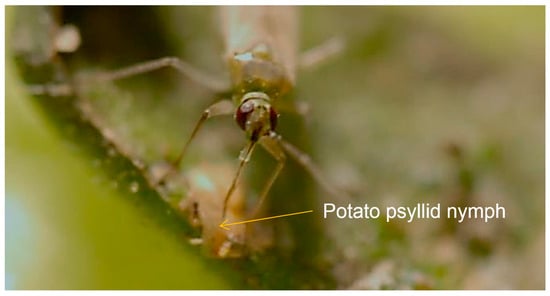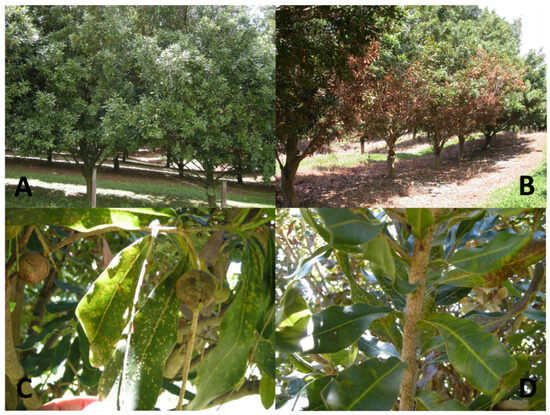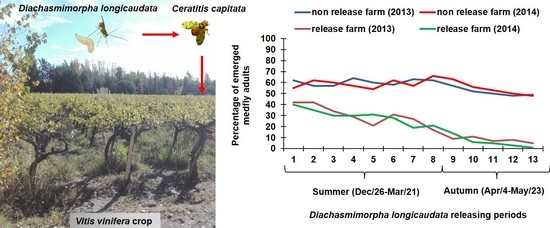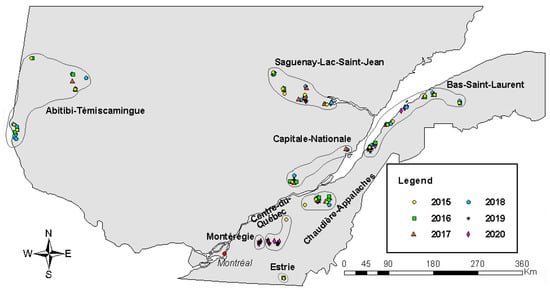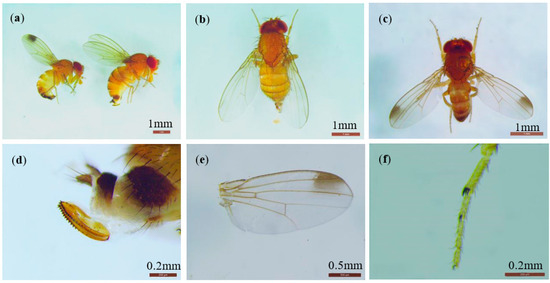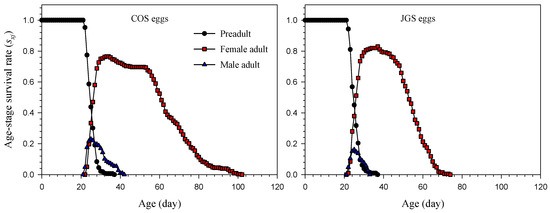Balancing Nature: Biological Control Introductions for Invasive Insect Pests and Weeds
A topical collection in Insects (ISSN 2075-4450). This collection belongs to the section "Insect Pest and Vector Management".
Viewed by 23089Editors
Interests: classical and augmentative biological control; searches and introductions of natural enemies of insect pests and weeds; insect biology and mass rearing of fruit fly parasitoids
Topical Collection Information
Dear Colleagues,
Insects and weeds become problematic when accidentally introduced to new environment without their essential natural enemies that keep them in check in native regions. Introductions of biological control agents to such new invaded areas has historically been the main method for environmentally benign nonchemical approaches to reducing pest populations in the management of invasive insect pests and weeds.
This collection invites original articles and reviews for the overall improvement of biological control knowledge of insect pests and weeds. This includes discovery of pest origin, foreign exploration for natural enemies in native lands of pest, importation to containment facilities, pre-release evaluations (e.g., efficacy, host specificity, and climatic adaptability), mass rearing for field releases, and release and documentation of establishments and impacts of introduced natural enemies. Recent cases of importation biological control, success and failure of natural enemy introductions, biology, ecology, behavior, and description of new species of natural enemies will be covered.
Dr. Mohsen M. Ramadan
Dr. Xingeng Wang
Collection Editors
Manuscript Submission Information
Manuscripts should be submitted online at www.mdpi.com by registering and logging in to this website. Once you are registered, click here to go to the submission form. Manuscripts can be submitted until the deadline. All submissions that pass pre-check are peer-reviewed. Accepted papers will be published continuously in the journal (as soon as accepted) and will be listed together on the collection website. Research articles, review articles as well as short communications are invited. For planned papers, a title and short abstract (about 100 words) can be sent to the Editorial Office for announcement on this website.
Submitted manuscripts should not have been published previously, nor be under consideration for publication elsewhere (except conference proceedings papers). All manuscripts are thoroughly refereed through a single-blind peer-review process. A guide for authors and other relevant information for submission of manuscripts is available on the Instructions for Authors page. Insects is an international peer-reviewed open access monthly journal published by MDPI.
Please visit the Instructions for Authors page before submitting a manuscript. The Article Processing Charge (APC) for publication in this open access journal is 2600 CHF (Swiss Francs). Submitted papers should be well formatted and use good English. Authors may use MDPI's English editing service prior to publication or during author revisions.
Keywords
- insect predator
- insect parasitoid
- entomopathogen
- exploration
- importation
- host specificity
- mass rearing
- pre-release
- post-release
- weed biocontrol agent








